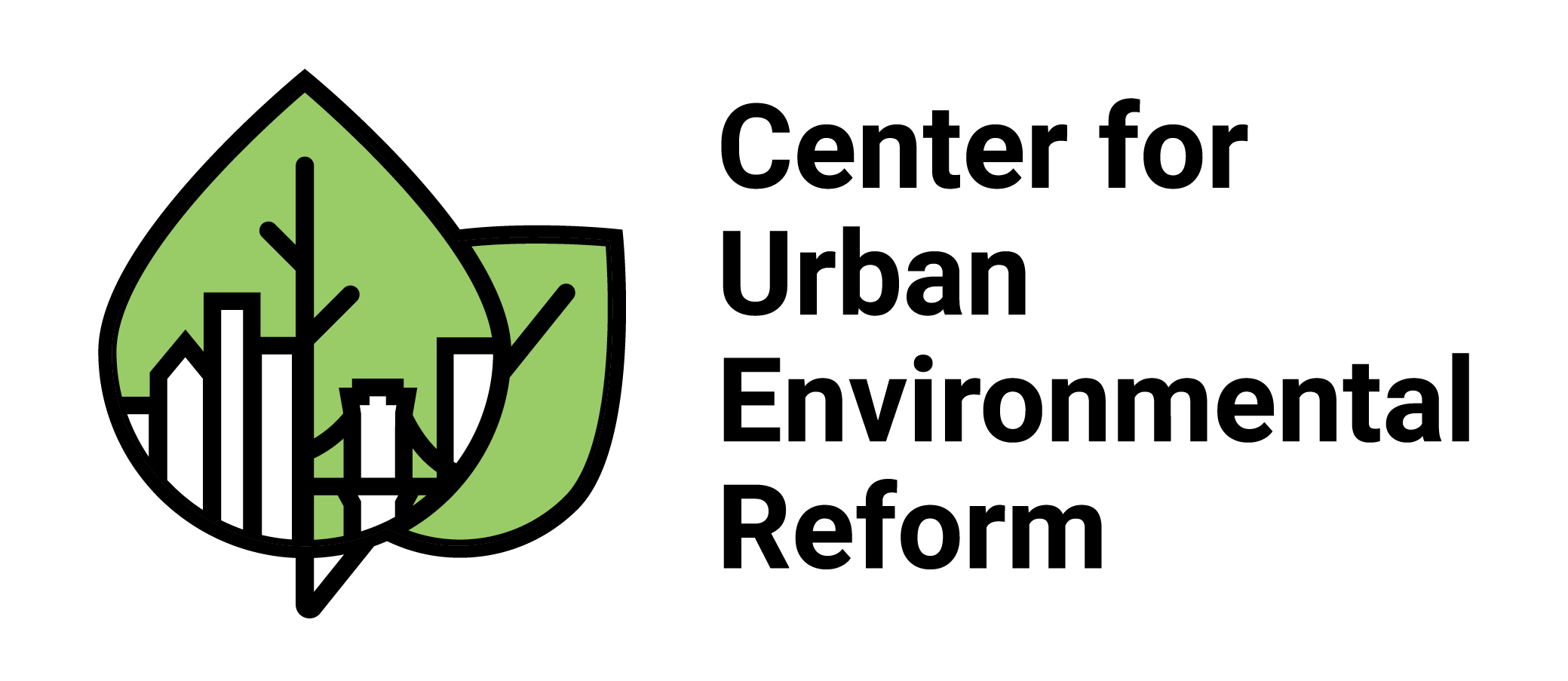Alabama says, “stop helping raccoons!”
I was all ready to post on one of my favorite topics, hydrofracking, but then I stumbled upon this article so hydrofracking will have to wait until next week. Before you read this post just look at this face.
 Alabama, the place where I was born and partially raised, has told its rehabbers, people who help injured animals, to stop helping injured raccoons. As an avid animal lover, this enraged me. Specifically, the Alabama Department of Conservation and Natural Resources’ assistant chief of wildlife, Ray Metzler, said “there is no biological reason to rehabilitate raccoons.” Ok, most of us probably think that raccoons are a pest– they get into our trash, they carry rabies, their eyes glow at dark, the list could go on. However, just like any other species on this earth, they DO have a purpose and they DO deserve the same protection as that cute, cuddly bunny (which by the way can be very mean!). According to the U.S. Forest Service raccoons are “an important link to nature’s food web.” Raccoons consume those pesky insects and mice that humans tend to hate so much.
Alabama, the place where I was born and partially raised, has told its rehabbers, people who help injured animals, to stop helping injured raccoons. As an avid animal lover, this enraged me. Specifically, the Alabama Department of Conservation and Natural Resources’ assistant chief of wildlife, Ray Metzler, said “there is no biological reason to rehabilitate raccoons.” Ok, most of us probably think that raccoons are a pest– they get into our trash, they carry rabies, their eyes glow at dark, the list could go on. However, just like any other species on this earth, they DO have a purpose and they DO deserve the same protection as that cute, cuddly bunny (which by the way can be very mean!). According to the U.S. Forest Service raccoons are “an important link to nature’s food web.” Raccoons consume those pesky insects and mice that humans tend to hate so much.
Metzler also stated one of the reasons for the new directive is to “let nature take its course” and “that raccoon that’s accustomed to eating out of the dog bowl [is] not going to survive in the wild.” Metzler must have not seen the children’s film “Over the Hedge” where a new housing development is built on what was once a thriving forest and the community starts freaking out because raccoons are going into their garbage. Now although the movie was entertaining and made to make money, it did bring about an important environmental concern: what happens when we move into an animal’s territory? We, as humans, can’t just expect the animals to move somewhere else. Raccoons, in particular, are very smart animals, so where they use to eat small mammals in the wild, they now will go through your garbage to find food. The main reasons raccoons end in the hands of the rehabbers is because forests have been cleared leaving orphaned baby raccoons or a new road has been built leaving animals vulnerable to a new onslaught of vehicles. As a wise rehabber in the article stated “a Ford truck is not nature taking its course.”
This new directive says the rehabbers should discontinue helping raccoons, coyotes, bats, possums, skunks, feral pigs, and foxes. “The point is we would like people to leave wildlife alone.” says Metzler. However, deer, rabbits, and squirrels are still ok to help. Now I understand that the overpopulation of a certain animal species, which Metzler strangely did not mention, can create havoc and be more of a harm to the environment than a help. I also agree that regulated hunting is important to control the overpopulation of some animals. However, this list seems a bit biased. Deer, rabbits, and squirrels, which are all popular hunted game, are overpopulated and are Metzler help-approved — they are also cute and seemingly non-threatening. Raccoons, possums, feral pigs are also on the list of commonly hunted animals in Alabama but are not ok to help. Bats, although not hunted, but certainly feared by many (mostly due to a weird thought that they will turn into Count Dracula), on the other hand should be helped if injured as many of the species in Alabama are on a the “high conservation concern” list. Why are they on the Metzler help-disapproved list? Foxes and coyotes help control the population of the overpopulated small mammals, like possums and raccoons. Why are they on the Metzler help-disapproved list? I personally would like to have more answers from Metzler. Maybe it’s because they’re just not cute enough.
Until we get better, more logical, answers, we might as well do a little activism. If you’d like to sign the petition go here. However, my favorite form of activism is to make phone calls and to write letters. I recommend writing and calling Ray Metzler, information here, and Alabama Governor, Robert J. Bentley, information here.

